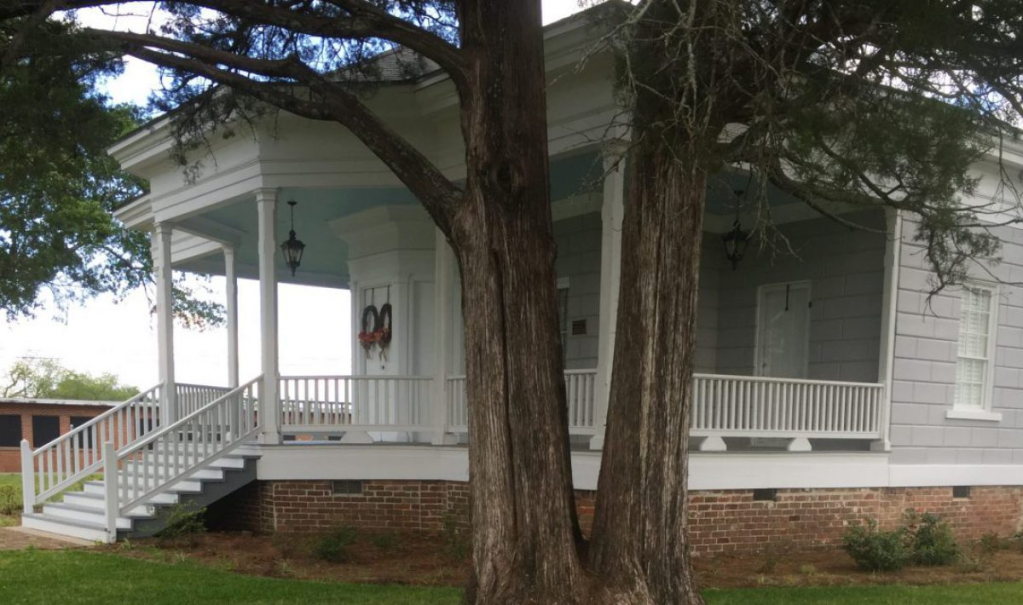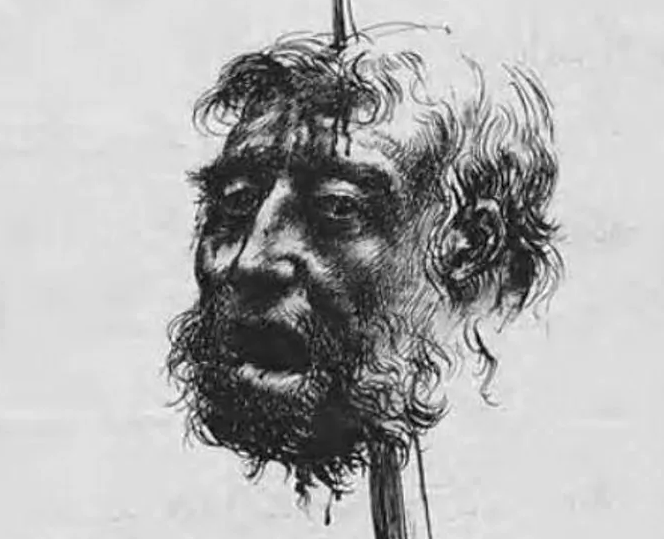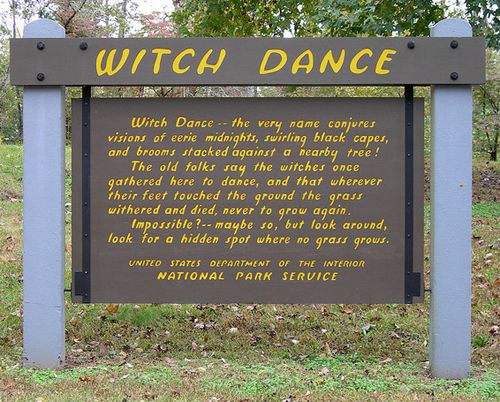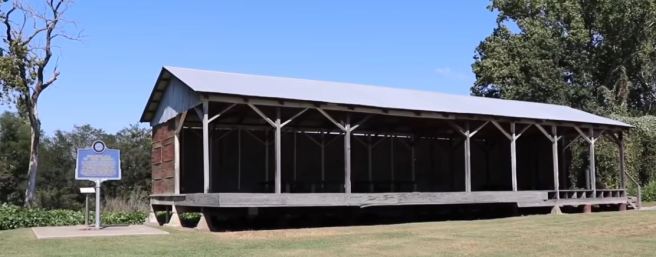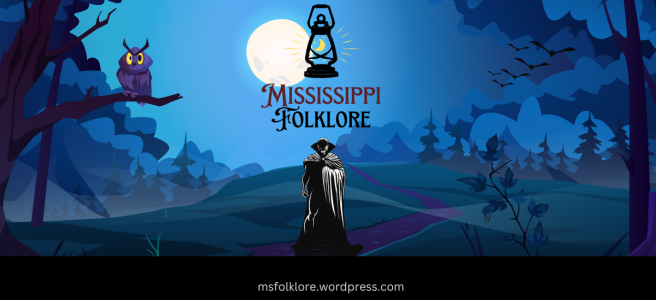By Linda Mann
Yes, dear reader, those trudging, blank-eyed, soulless brain eaters appear in Mississippi too! Humans everywhere have a fascination with horrific monsters, especially other humans transformed into horrific monsters. Incredibly, one of the earliest recorded zombie infestations occurred during the Union Army’s siege of Vicksburg in 1863, but more about that later.
History of Zombies
The fear of zombies, Kinemortophobia, goes back in time at least to ancient Greece, where heavy stones were found in graves to hold down corpses and prevent their rising from the dead.
According to History.com, “Unlike many other monsters—which are mostly a product of superstition, religion and fear— zombies have a basis in fact, and several verified cases of zombies have been reported from Haitian voodoo culture.”
In the 17th century, African slaves were forced to work in the sugar cane fields of Haiti. Their lives were so miserable that many committed suicide just to escape. Some believed that suicides wandered the earth for eternity as the condemned undead.

The religion Voodoo, originating in West Africa, was practiced widely throughout Haiti, the Caribbean, and the American South in those days. Priests known as Bokors administered concoctions containing tetrodotoxin, a potent neurotoxin derived from certain fish and marine life. When given in the correct dose, a hapless person could become paralyzed and comatose. The person appeared to be dead and would be buried alive. Later, that person’s body could be exhumed, revived, and forced into slavery. Reanimated into a greatly diminished state of consciousness, they became zombies.
Accounts of the dead and buried reappearing years later, quite alive, are rare but not impossible. History.com offers the following:
“A 1997 article in the British medical journal The Lancet described three verifiable accounts of zombies. In one case, a Haitian woman who appeared to be dead was buried in a family tomb, only to reappear three years later. An investigation revealed that her tomb was filled with stones, and her parents agreed to admit her to a local hospital.
In another well-documented case, a Haitian man named Clairvius Narcisse entered a local hospital with severe respiratory problems in 1962. After he slipped into a coma, Narcisse was declared dead was buried shortly thereafter.
But 18 years later, a man walked up to Angelina Narcisse in a village marketplace, insisting she was his sister. Doctors, townspeople and family members all identified him as Clairvius Narcisse, who claimed he had been buried alive, then dug up and put to work on a distant sugar plantation.”
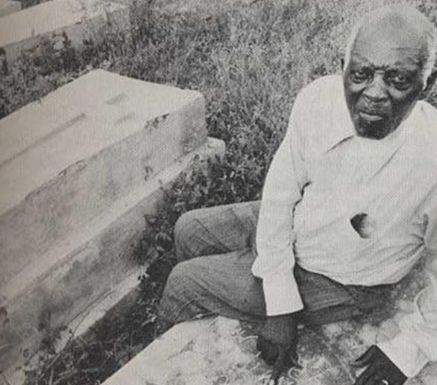
Voodoo exists in parts of Mississippi and Louisiana today. One wonders if tetrodotoxin is still used, legal or not, to make zombies.
By contrast, the following accounts indicate zombieism caused by a virus.
Zombies in Vicksburg and More
After the fall of New Orleans to Union forces during the Civil war, the city of Vicksburg was the final key to victory for the Union. On May 18, 1863, 3,200 Union troops arrived and laid siege to the city. Bombardment and starvation ensued. On June 17, Vicksburg residents saw a person staggering around nonverbal and dazed – the first zombie. Soon, there were hundreds. Confederate soldiers shot them until their ammunition ran out. Some believed that Union forces allowed the zombie “plague” to continue unchecked. On July 3, The Union army entered the city to find an estimated 2,000 zombies to shoot and kill. They found that, unlike Confederate soldiers, zombies do not surrender. They just keep coming.

Confederate Zombie Drawing
Two other similar zombie plagues occurred in similar climates and in similar circumstances of regional trauma. Along with Vicksburg, they are the “Top Three Zombie Outbreaks in History.”
On Labor Day, September 2, 1935, a Category 5 hurricane made landfall on Key West, Florida. Heavy winds and rain destroyed almost everything. Rats emerged and were seen everywhere, and soon, zombies, first mistaken for traumatized hurricane victims, were everywhere too. The island was cut off from the mainland by the storm, and numerous residents drowned trying to escape the zombies by swimming away. Finally, FVZA* troops from all over the south arrived and managed an extermination that took three weeks. Over 3,000 people were infected and destroyed.
In the 1890s, there was a contentious dispute in Hawaii between native islanders, who wanted the islands to remain independent, and powerful sugar cane growers, who wanted to join the United States. Queen Lili’uokalani was on the side of the islanders and enacted measures to weaken the influence of the sugar industry. In August of 1892, a zombie plague that started among Chinese laborers in the sugar cane fields spread from Oahu to Honolulu. Residents fled in terror to other islands.
Desperate, the Queen asked the United States for help. FVZA troops arrived and cleared the city and countryside of zombies. Sugar growers took advantage of the chaos – perhaps even helped it along – and staged a coup, deposing the Queen. The outbreak killed nearly 2,000 people. Hawaii was annexed by the United States in 1898 and became the 50th state on August 21, 1959.
Military Preparedness
What’s to be done to protect us from the scourge of a zombie virus?
According to the Hattiesburg American, May 14, 2014, “Foreign Policy Magazine published an article exposing the fact that the Department of Defense has a response for ‘counter-zombie dominance’ if zombies attacked and the military had to combat them in order to ‘preserve the sanctity of human life’ among all the ‘non-zombie humans.’
The unclassified document, called ‘CONOP 8888**,’ is a guide for military planners trying to isolate the threat from several different kinds of zombies… even chicken zombies.
‘Given the rapidity at which zombie outbreaks spread, decisive, overwhelming, and possibly unilateral military force may be required to negate the zombie threat,’ the plan reads.
Under ‘Offensive Operations’ in the CONOP 8888, the Department of Defense ‘has been directed to eradicate zombie threats to human safety using military capabilities… neutralization of zombie capabilities through denial, deception, disruption, degradation or destruction.”
There’s an important clue here. It’s “neutralization… through denial.” Make no mistake, however, Kinemortophobia is alive and well in Mississippi.

The Clarion Ledger, May 4, 2018:
“GULFPORT, Miss. — A police report says a [Kiln] Mississippi man accused of stealing a front-end loader and ramming vehicles in a Walmart parking lot did so because he thought it was the end of the world and zombies were chasing him.”
If the Pentagon has a plan to protect us from zombies, does Mississippi? Indeed not.
In 2023, Digg.com ranked the ten major US cities best equipped to survive a zombie apocalypse and the ten worst equipped. Criteria included vulnerability, bunkers and hideouts (like basements), outdoor gear and firearms accessibility, military protection, transportation, resident fitness, hospitals, supermarkets, and pharmacies, among others. Houston, Texas, ranked as best city for survival. Tragically, Jackson, Mississippi, was the second worst city in the rankings, only slightly better than Miramar, Florida. Mississippi can do better, people.
Zombie Culture
One simply cannot miss the zombies in today’s popular culture. We have countless movies – some made locally because of Mississippi’s rich zombie heritage – TV shows and series, comics, books, games and organized hunts, zombie paintball, costume competitions and parties, bands and music, food, festivals, retail stores, and more! Zombies will not die out any time soon. Some folks call zombies an industry, like weddings. There are, in fact, zombie weddings.
While working people may feel like zombies on Monday mornings, we’d feel worse to find real zombies wandering around after a bad storm, a political coup, or a civil war. Wait…
We must find comfort in the Pentagon plan until an antidote, or a cure is found for this terrible threat to life as we know it. In the meantime, if we need them, we have zombies to keep us awake at night.
Zombies in Mississippi resources:
https://www.history.com/topics/folklore/history-of-zombies
**https://allthatsinteresting.com/conop-8888
https://digg.com/data-viz/link/best-us-cities-zombie-apocalypse-ranked-xJEsgsVGCL



